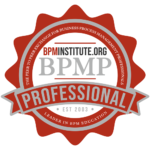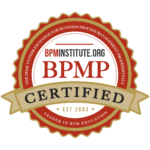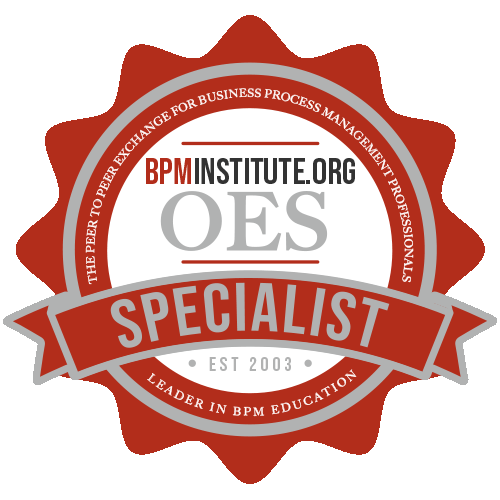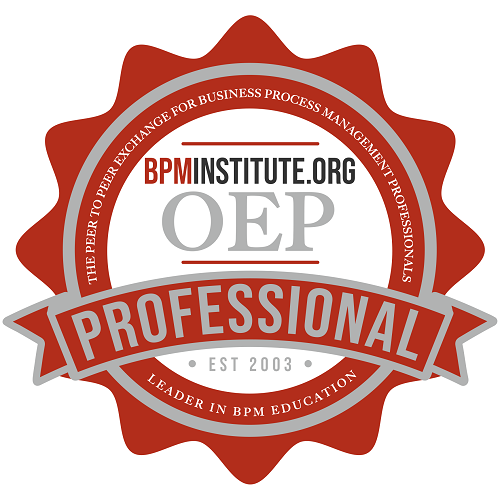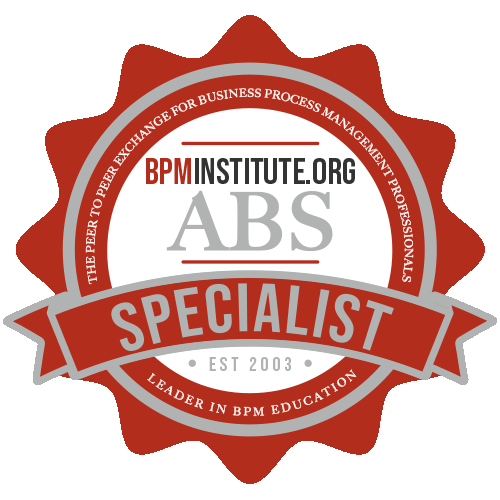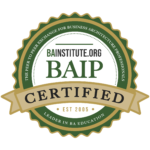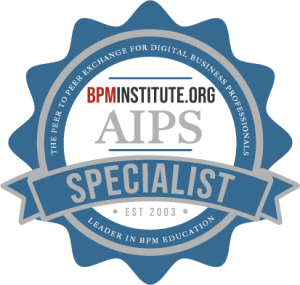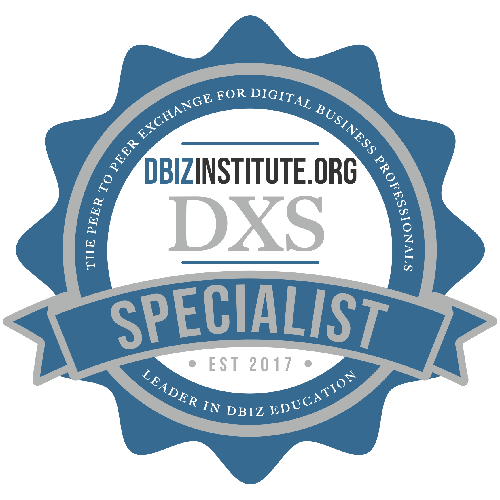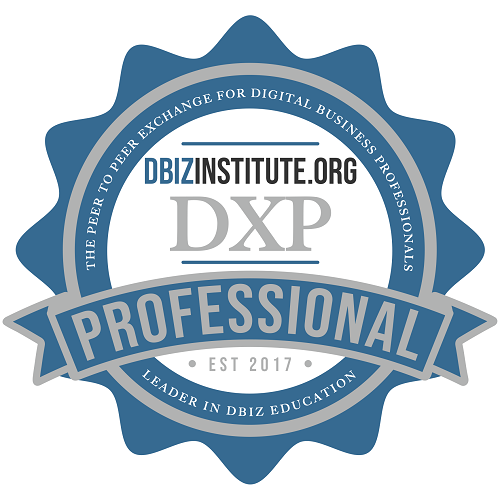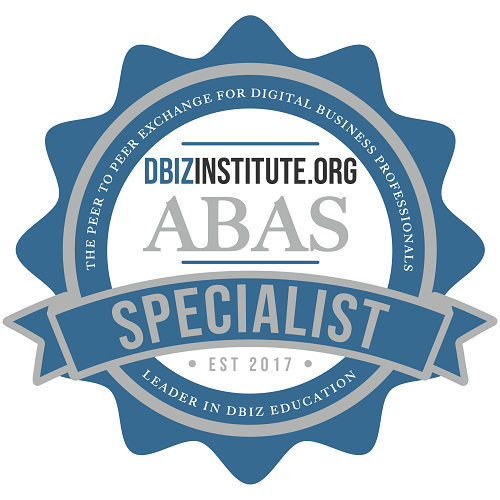Home / Resources
Resources
Discover a Wealth of BPM Knowledge and Expertise at BPMInstitute.org!

Innovation Pioneer of the Year: You!
Erik Weihenmayer is an acrobatic skydiver, long distance biker, marathon runner, skier, mountaineer, ice climber, and rock climber. Erik graduated from Weston High School in Connecticut in 1987. As the school’s wrestling captain, he represented the state in National Freestyle Wrestling Championships. In 1991, he graduated from Boston College, and in the same year, he trekked in the Pamir Mountains of Tajikistan.
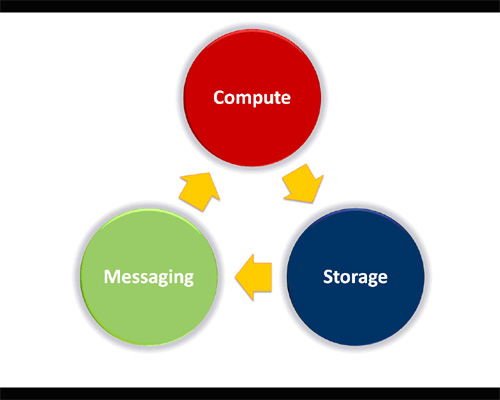
Power Off, Not Lights Out
I recently attended a dot-com launch. What was unique about this particular launch was that the company does not own any servers, and they do not have a data center or even rack space in a co-location facility! Instead they run on virtual servers controlled with a Web service interface, and store their data “in the cloud” using a Web service.
Virtualization is almost a cliché in 2007. IDC lowered its server revenue forecast as a direct result of virtualization. Especially because IDC’s report missed the new phenomenon known as “Web Scale Computing”.
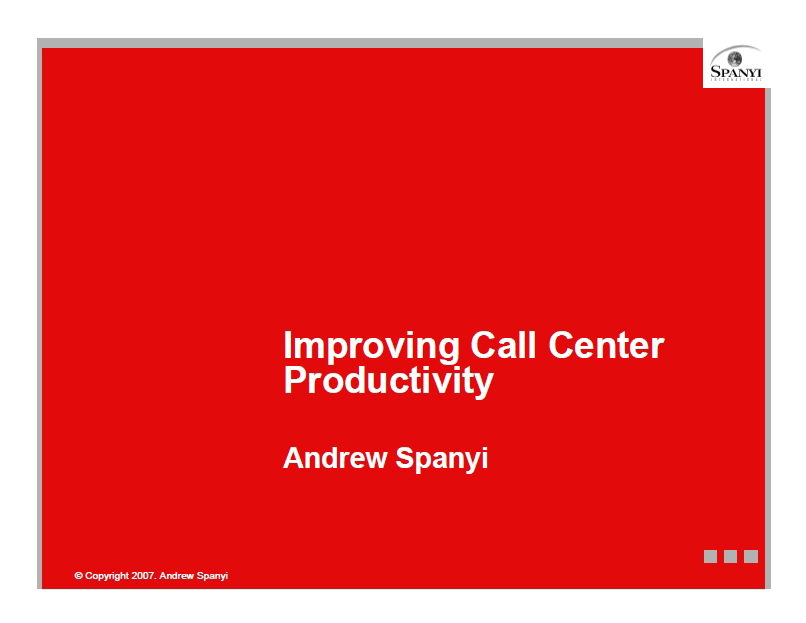
BPM: Improving Productivity for Call Centers
Organizations that have call centers including help desks, outbound/inbound call centers or customer service desks are increasingly using Business Process Management (BPM), Portal and Web 2.0 technologies to differentiate the service they provide and make their operations more efficient.
But where is the low-hanging fruit?

Covering User Needs
Two problems frequently encountered in planning for new product development are what I call the “depth problem” and the “breadth problem”. In my article “First Things First”, I talked about the depth problem – basically failing to spend time and resources establishing what to make or implement (the right concept) before committing to planning how to make it.
SOA is SOL without BPM – Bringing IT and the Business Together
How many times have you heard that SOA is the next big thing? It’s particularly fascinating how the perspectives of customers and vendors evolve on “the latest thing” and where they find the value. The Service Oriented Architecture (SOA) wars have been interesting to watch for exactly this reason. Integration vendors, pure-play BPM vendors and leading application platforms all have an SOA story. The major vendors have focused education efforts on teaching people what SOA is, and how it can make their infrastructures more “agile”.

The Role of the Decision
The Decision’s the Thing…
“The play’s the thing / wherein I will capture the conscience of the King” Hamlet (II.ii. 582-583)
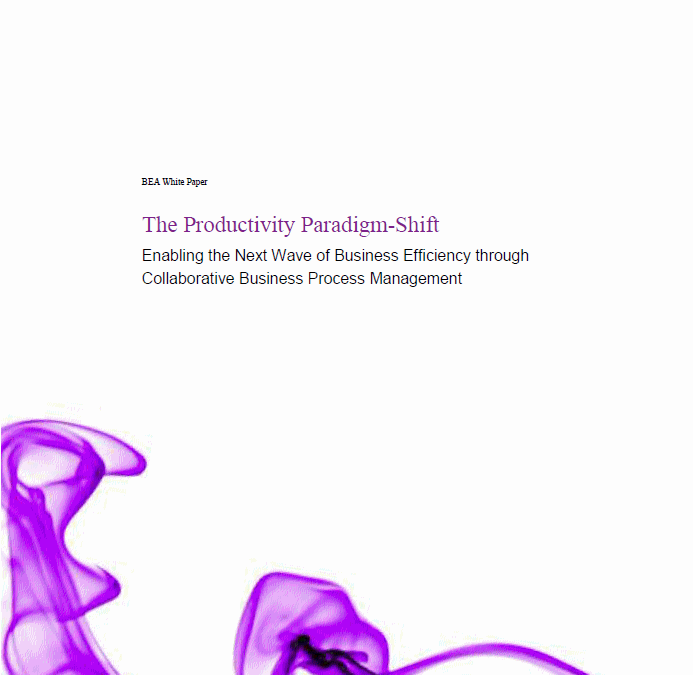
The Power of Collaboration: Collaborative BPM
Competitive advantage in business depends on the ability to excel in key business processes. Business Process Management (BPM) is typically delivered with an integrated set of tools that provide a closed-loop system for optimizing business performance.
Collaborative BPM expands the scope of traditional BPM and is moving to priority number one as organizations search for an integrated solution that provides an environment to coordinate the dynamic activities of human-driven, collaborative processes.
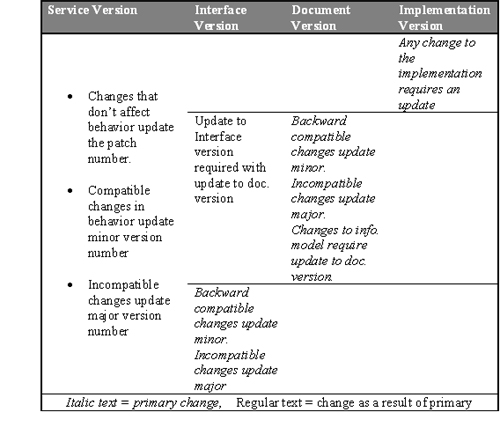
Services and Versioning
Service-oriented architectures offer many important advantages to the enterprise in terms of agility, flexibility, consistency, reuse, integration and others. But of course, there’s no free lunch. And one of the costs of these advantages is the increase complexity of service lifecycle management and versioning.
Once a service has its first consumer, we have bought off on having to maintain and support that service for an agreed upon period of time.

BPMS Watch: My BPMN Wish List
The Business Process Modeling Notation (BPMN) standard from OMG has a lot to recommend it, but it’s not perfect. Since late February of this year, I’ve been doing BPMN training, and through that I have come to appreciate the subtle power of the notation and how it maps – or sometimes not – to the way real business analysts and architects want to model their processes.

The Marriage of BPM and Six Sigma
BPM Six Sigma Context
BPM tends to focus on the automation of business process through the use of BPM suites. Every software system automates a process; and generally every process, efficiency, or quality improvement project involves use of software systems.
Process Centric
“It’s all about process” – As stated by Jack Welch, General Electric’s famous CEO, success in business is all about process.

How to Launch and Implement BPM and SOA Projects
The move to SOA and BPM means that application development can be more modular. But data is the essential foundation. BPMInstitute.org: You are now out on your own. What does BizThink do? Fletcher: We have a unique offering which involves process redesign and SOA and...

BPM Suites Increase Business Agility
The inability of earlier generations of application development software to support effective collaboration between business and IT is the source of a good deal of confusion, wasted efforts, and delayed ROI to the organizations that are implementing new application...

Bridging the Gap between Business Modeling and SOA
I’ve found topics to be more interesting if I can apply them to something or someone I’m familiar with. If a relative has cancer, I’ll listen more intently to news items about cancer treatment. If a friend is moving to Mexico, I’ll think about international events in a slightly different light. I call it the “relevance factor”. We each evaluate information against our own personal scale to determine what to do with it. If we can find some frame of reference for or application of it, we’ll pay attention and store it for future use. If not, we’ll dismiss or ignore it.
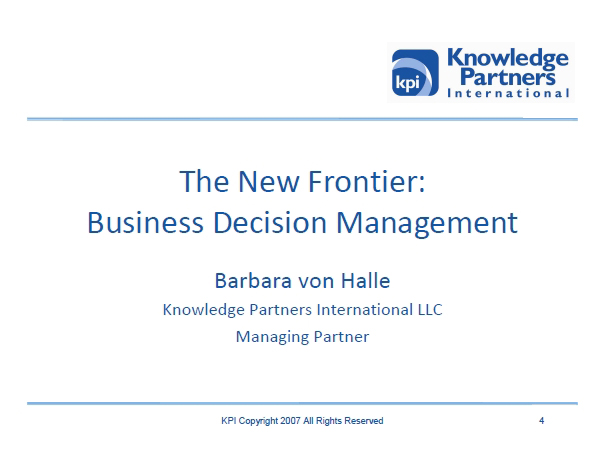
The New Frontier: Business Decision Management (BDM)
It has become increasingly evident that business rules are only a part of the whole puzzle of business logic in BPM, SOA, and Business Architecture.
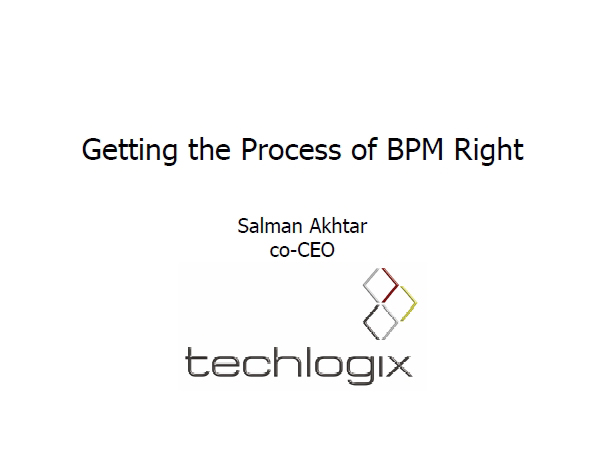
Getting the Process of BPM Right
So yes, BPM is important. Maybe even revolutionary. But getting BPM right remains a challenge as practitioners in the field know only too well. We believe that in many ways, BPM platforms have outpaced BPM practice.

SOA Watch: Convergence of SOA and SaaS
Clearly, SOA and SaaS are converging. The movement and direction are clear. Take, for instance, the rapid rise of SaaS. Based upon current trends, IDC predicts a compound growth rate of 20% per annum for SaaS, set against the overall software market, which is only growing at around 6% per annum. This leaves IDC in no doubt that there is a fundamental shift toward SaaS as a delivery mechanism, and its use within the notion of Web 2.0, and the convergence of SOA, Web 2.0, and SaaS.
What’s causing this shift? There are 5 primary drivers:
1. Purchasers believe th
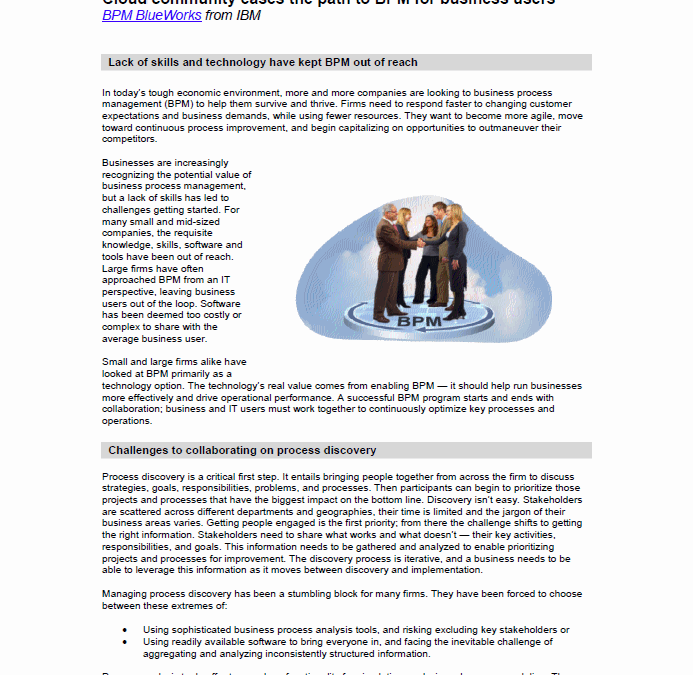
Getting Started With BPM
The importance of having an efficient system of business processes to drive an organization may seem like basic principle. If a business isn’t running efficiently, it may not be realizing or maximizing its financial, market coverage or other strategic goals. In a recent survey of 1,400 CIOs by Gartner Executive Programs, the top business priority identified by CIOs was business process improvement1. For individuals or organizations that are being asked to investigate process improvement, Business Process Management or BPM is a term that frequently associated with the process improvement.
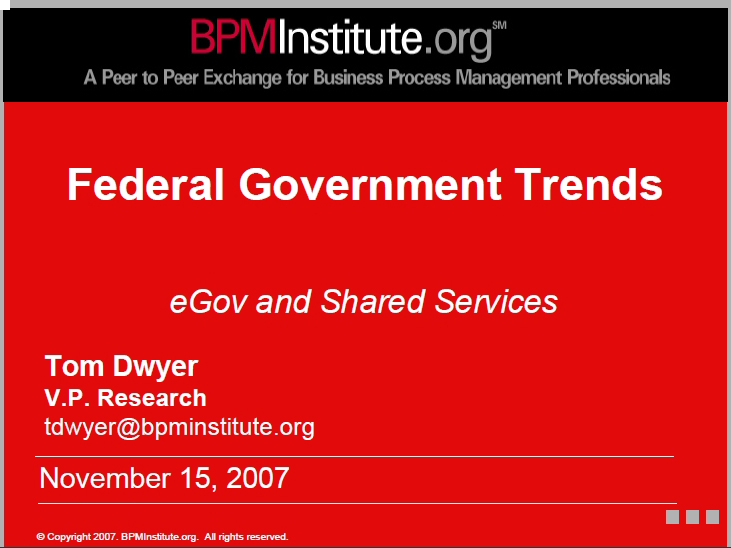
System Integrator Success: Meeting Government customer demands through BPM and SOA
Join this 60 minute web seminar as we provide the System Integrator community with information about how BPM, Portal, Web 2.0 and SOA technologies can be combined into a powerful solution that helps address critical government challenges.
Don’t miss this webinar if your customers are asking you the following questions:

Business Architecture: In the Absence of Standards
It is my observation that there are no true standards regarding business architecture. Ask any three Business Architects and they will likely agree conceptually on the components that make up business architecture. However, you will get three very different descriptions of how to develop and integrate those components.
There are many techniques available for developing business architecture; and a good Business Architect can adapt just about any set of methods to do so.

The Four Dimensions of the Business Architecture
The early beginnings of Business Architecture (BA) development used a business/function process model of the enterprise. This type of model illustrates the typical functional groupings of a business. These groups are further placed into two categories: Primary, which directly relate to the business of the Enterprise, (e.g. Customer Care), and Supporting, which enable the primary functionality, (e.g. Finance). Each functional group contains several unique business processes (e.g. in Finance, there are corporate accounting and asset management).


